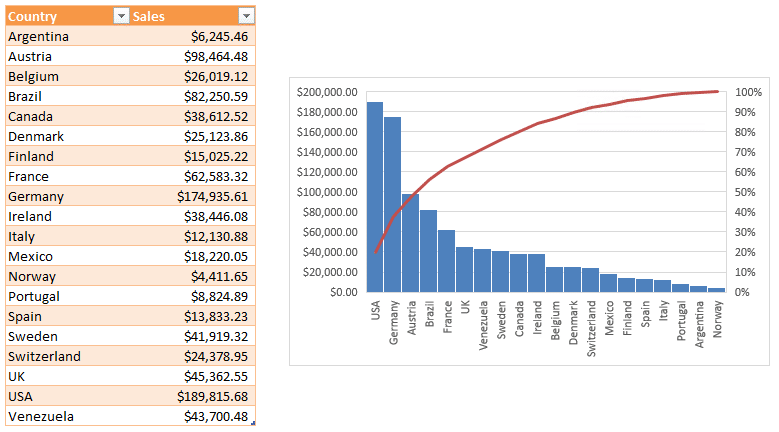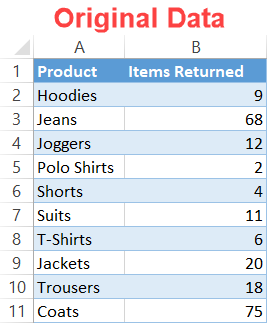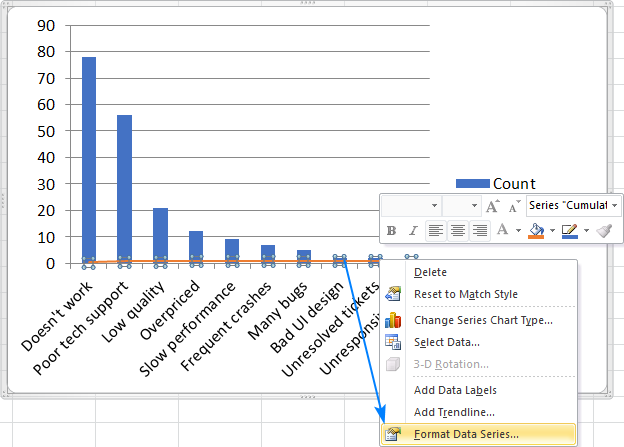

If a Numeric Count (Y) variable is not specified, SigmaXL automatically determines the counts from the Group Category (X2) > select Product Type, click Pareto Category (X1) > select Size of Customer, click Recall SigmaXL Dialog menu or by pressing (Steps 10 and 11 can be bypassed with the Graphical Tools > Advanced Pareto Charts. A Pareto Chart of Major Customer Complaints is produced for each Customer Type. Pareto Category (X1) > select Customer Type, click SigmaXL > Graphical Tools > Advanced Pareto Charts).

SigmaXL > Graphical Tools > Basic Pareto Chart. SigmaXL enables you to chart multiple Y responses.


Consider Pareto charting measures such as cost and severity, in addition to defect counts.SigmaXL's Advanced Charts makes it easy for you to 'slice and dice' your data with different X categories. If your initial Pareto analysis does not yield useful results, explore other categories that may be important.SigmaXL provides a date subsetting feature that allows you to easily explore different time periods. Conversely, data gathered over too long a time period may include process changes that could lead to incorrect conclusions.Also keep in mind that since the data is discrete, a minimum sample size of 500 is recommended with 1000 preferred. Your data may not be representative of the process as a whole. Avoid collecting data over too short a time period.If the process is not in control, your prioritization of defects and root causes could be invalid. Check process stability using appropriate control charts.Use other graphs such as run charts to apply a sanity check to your data. Ensure that you have the right data and that the data is correct. Your Pareto analysis will only be as good as the quality of the data collected.Of course, Pareto charts are not limited to the Analyze Phase they can also be used to aid project selection and to prioritize in the Measure Phase.Ĭonsider the following guidelines to help ensure that your Pareto analysis is successful: Advanced Pareto charts are particularly useful in the Analyze Phase because of the ease with which you can slice and dice (or stratify) your data. Stratification with Pareto SigmaXL's Pareto tool allows you to create Basic (Single) or Advanced (Multiple) Pareto Charts.


 0 kommentar(er)
0 kommentar(er)
